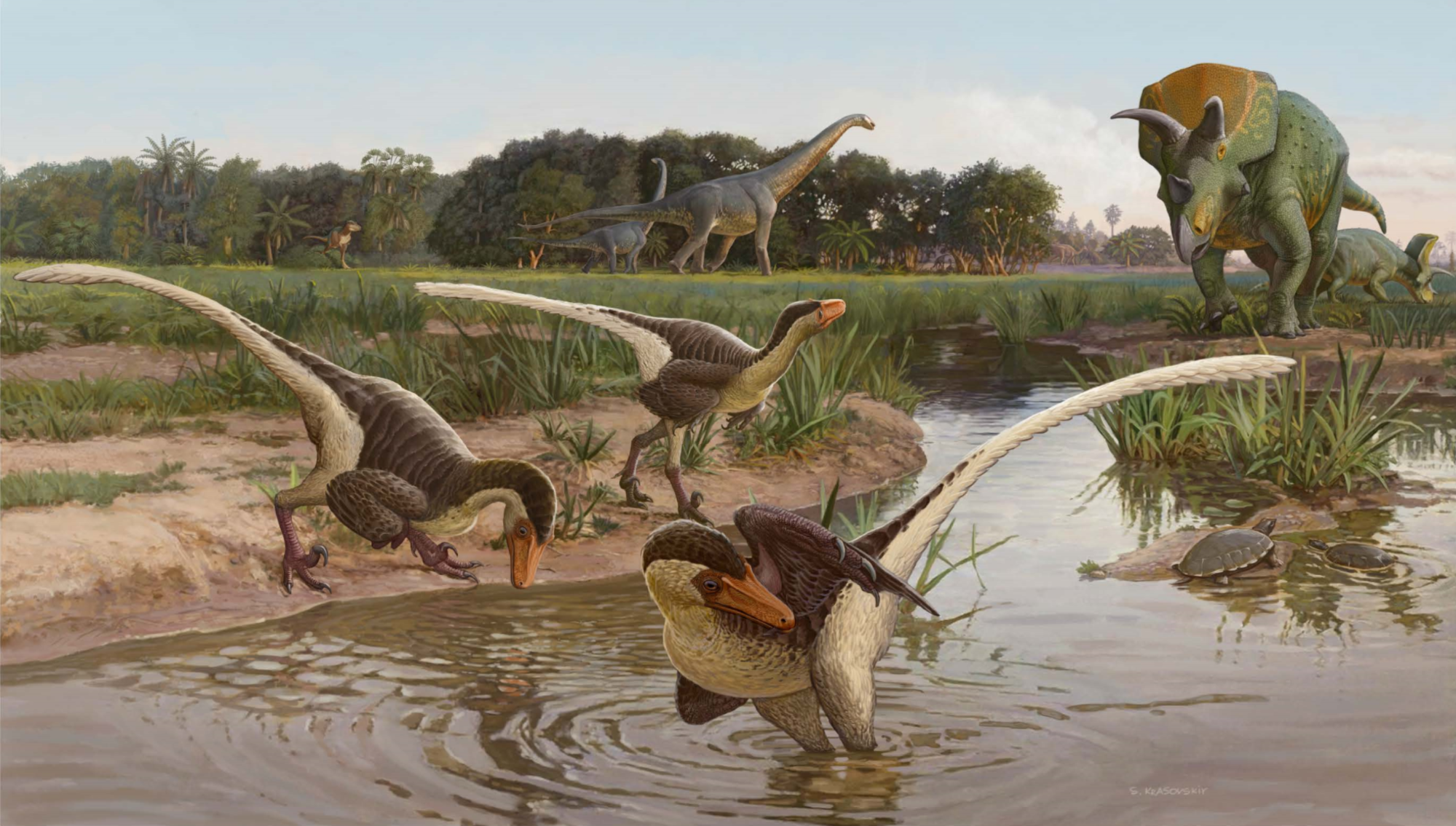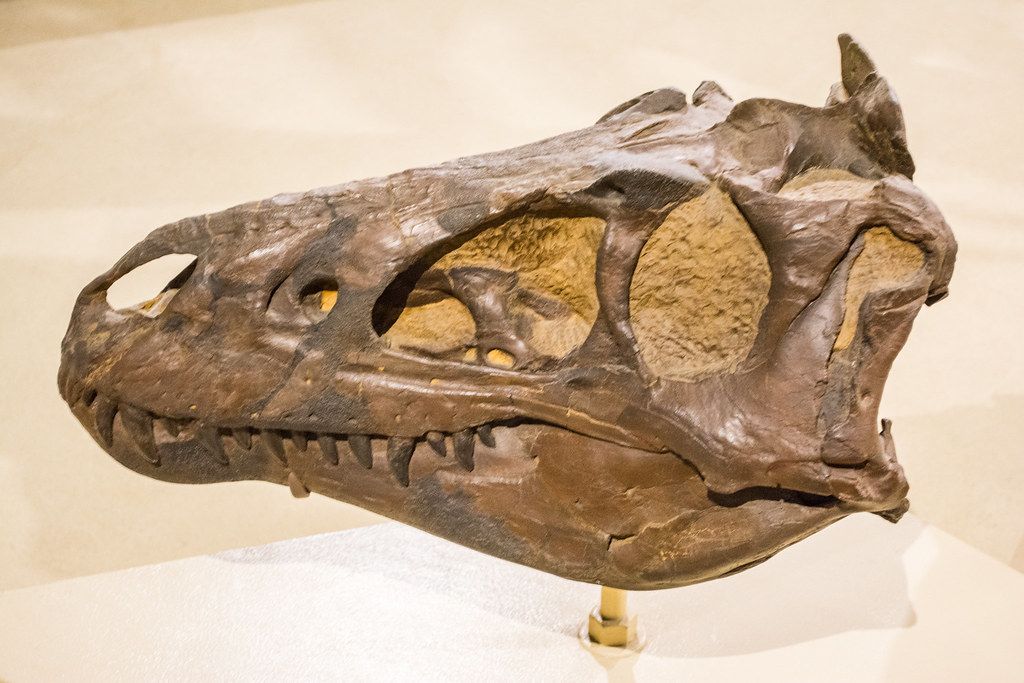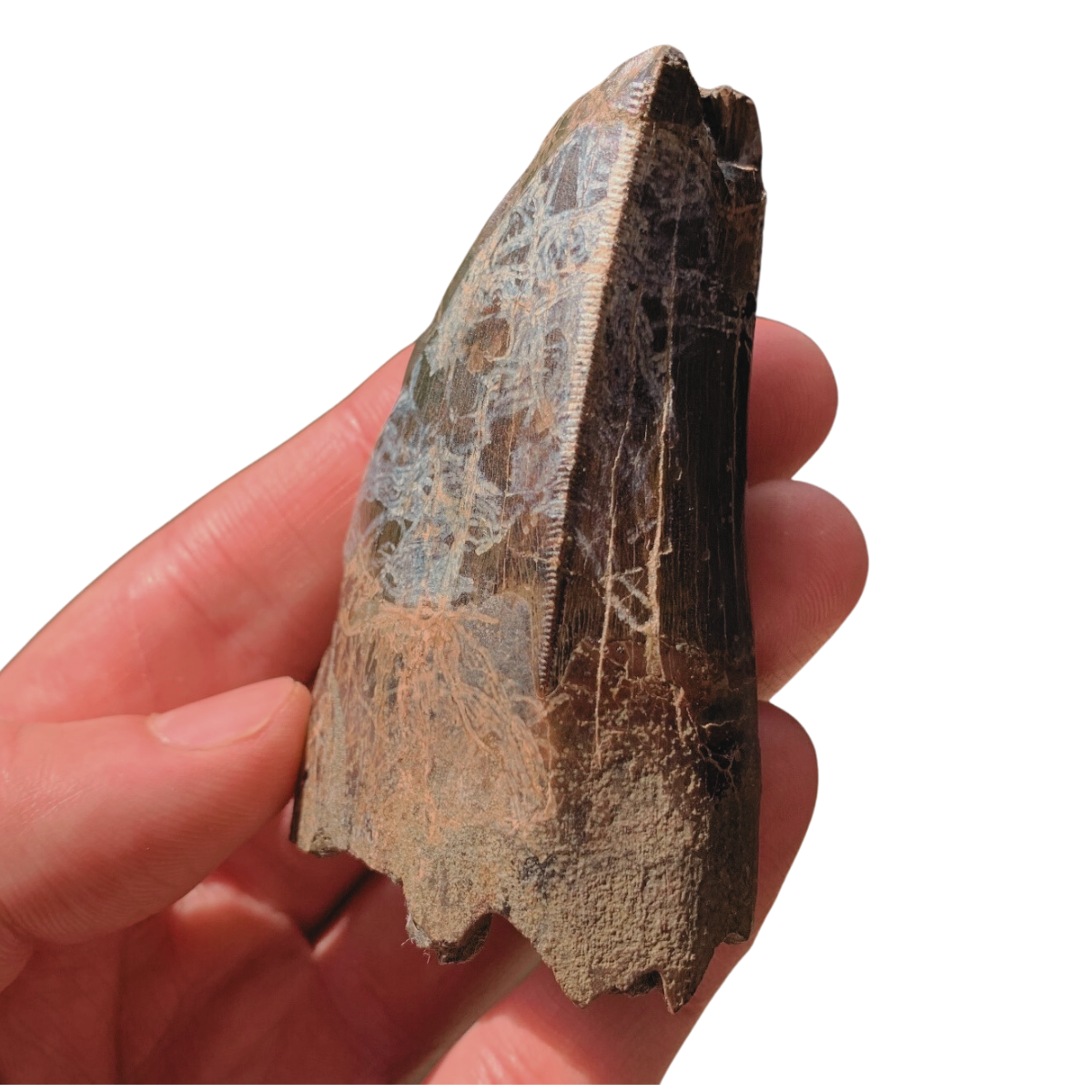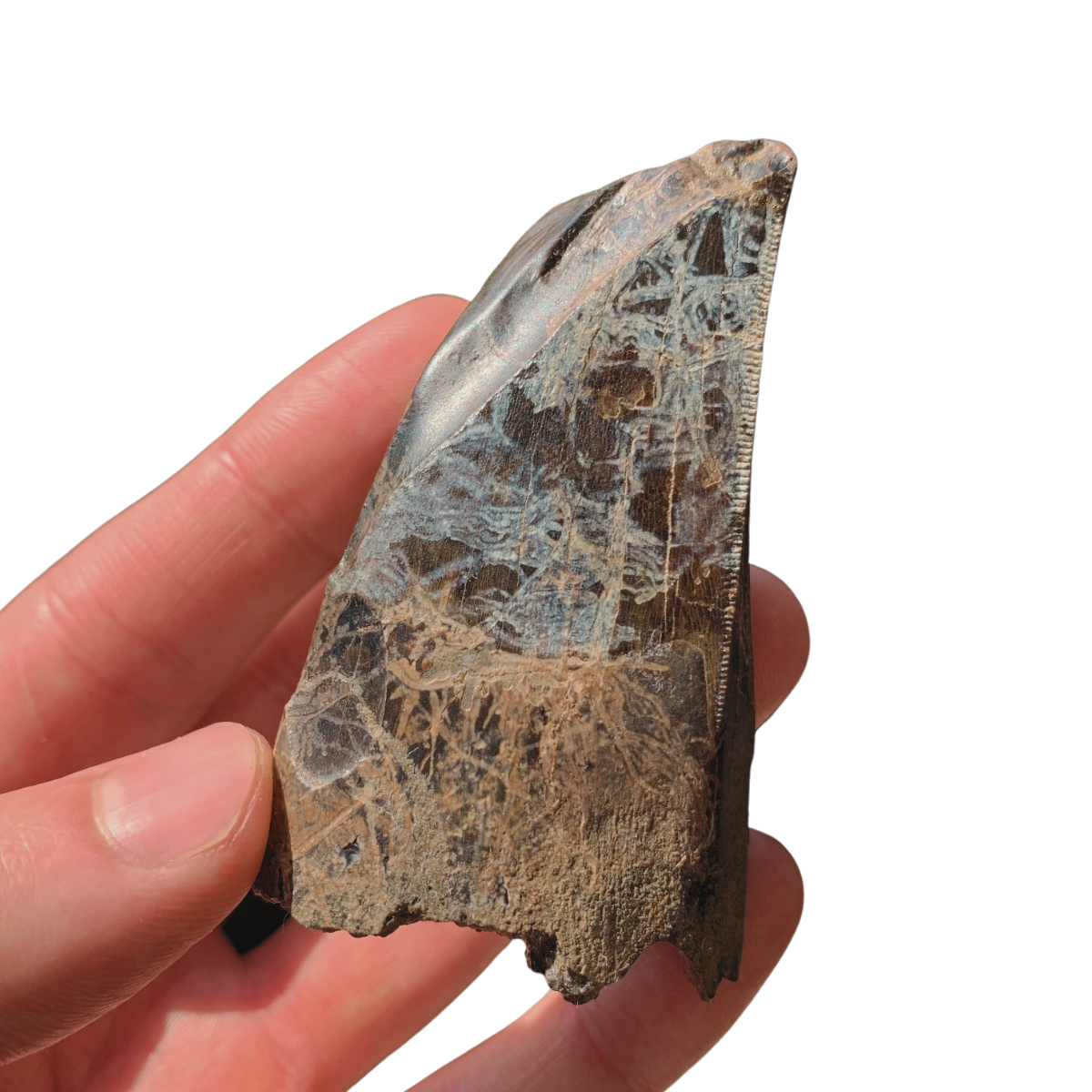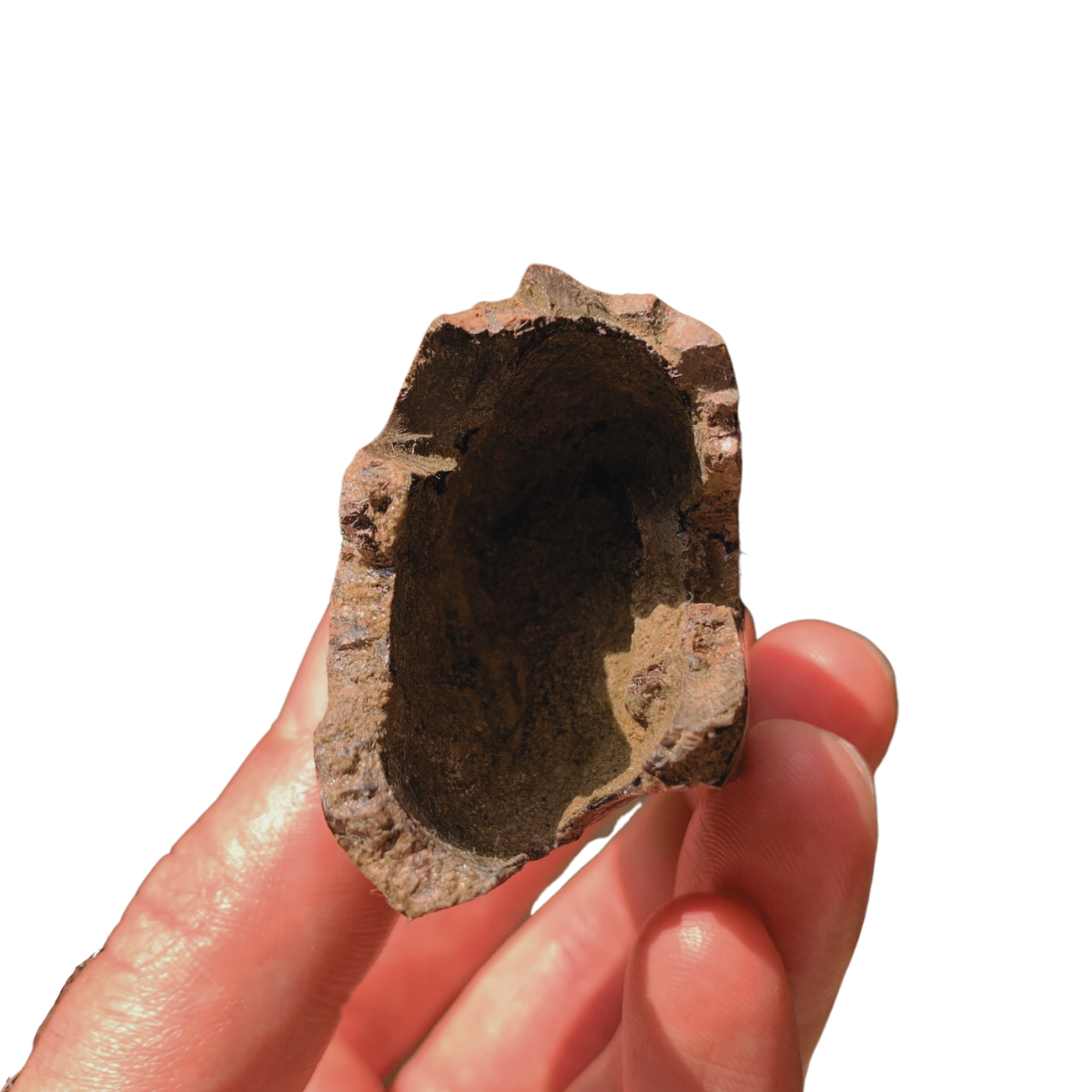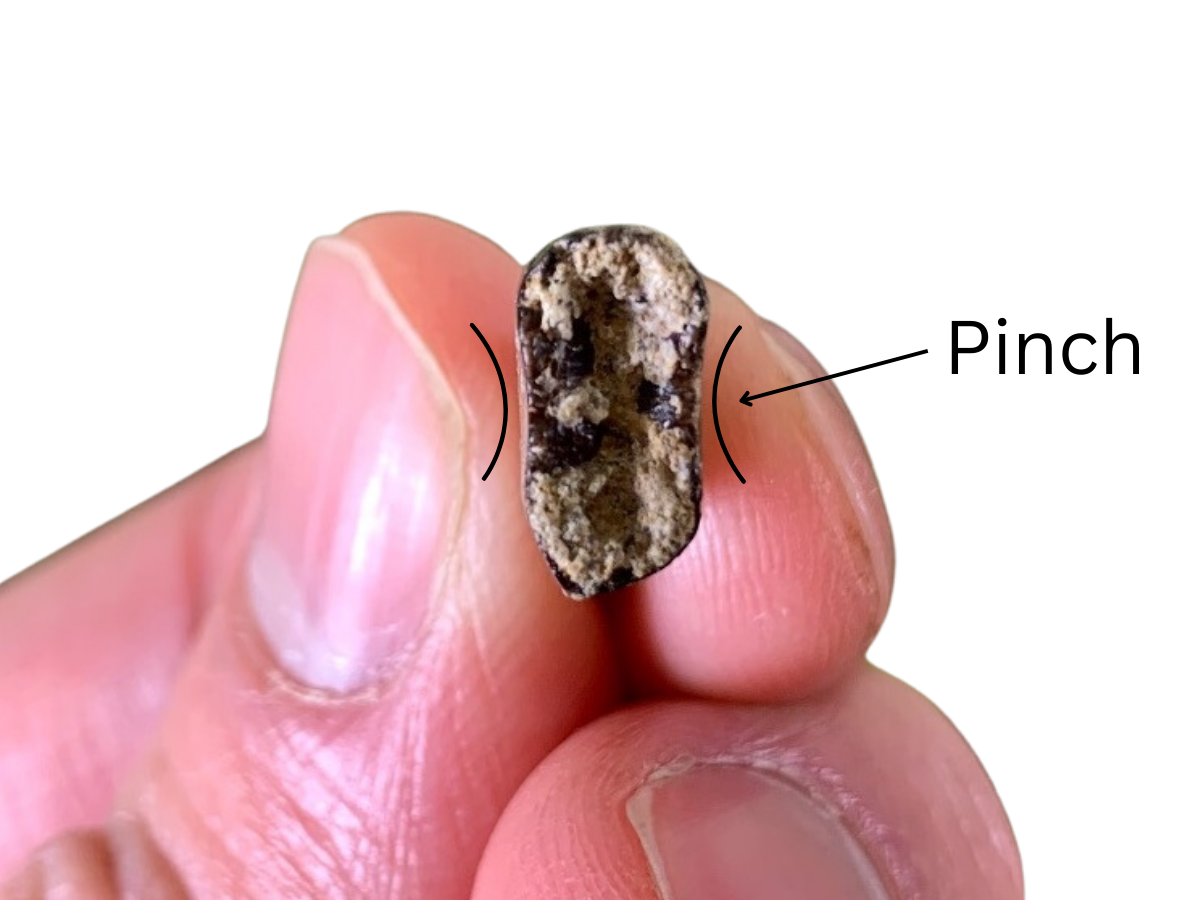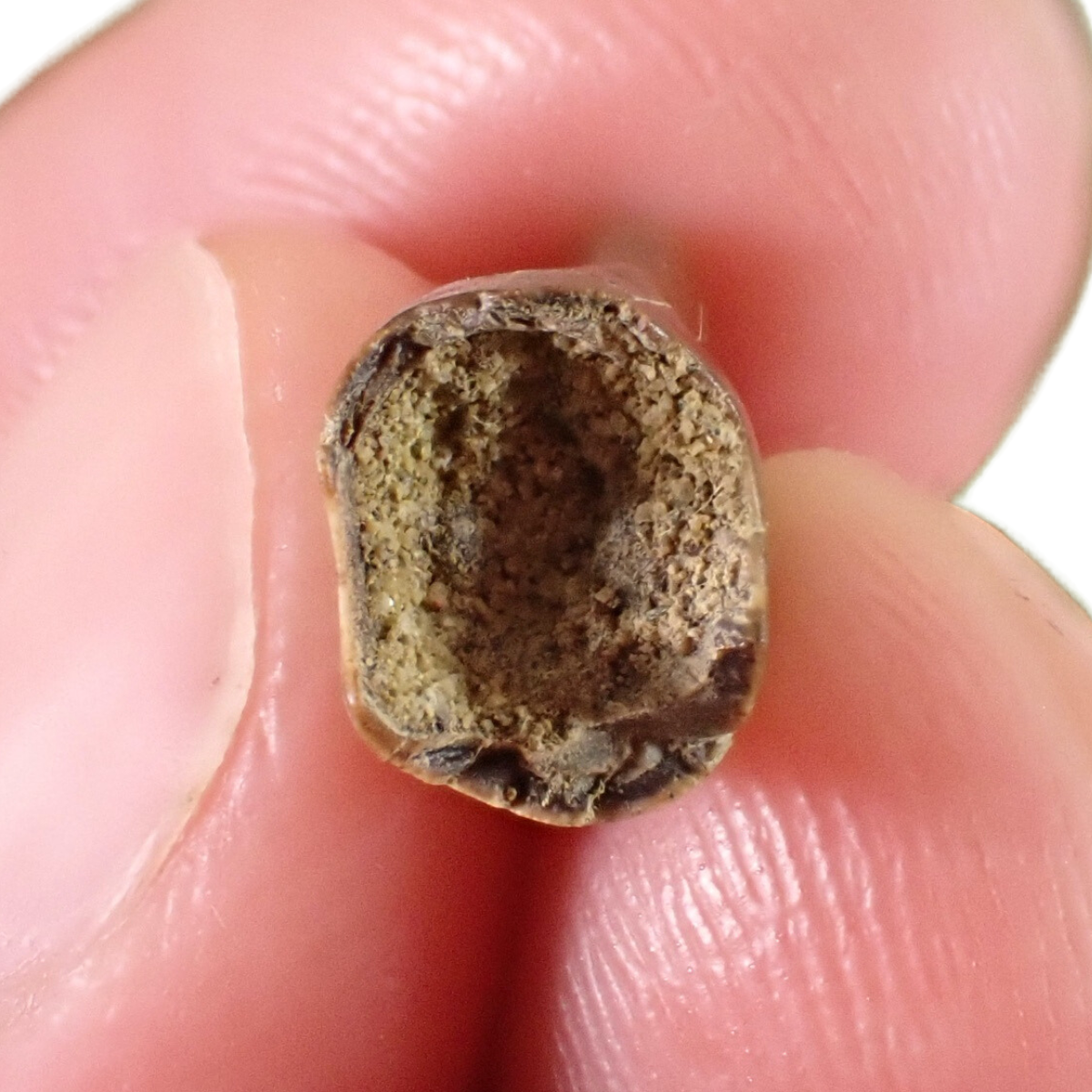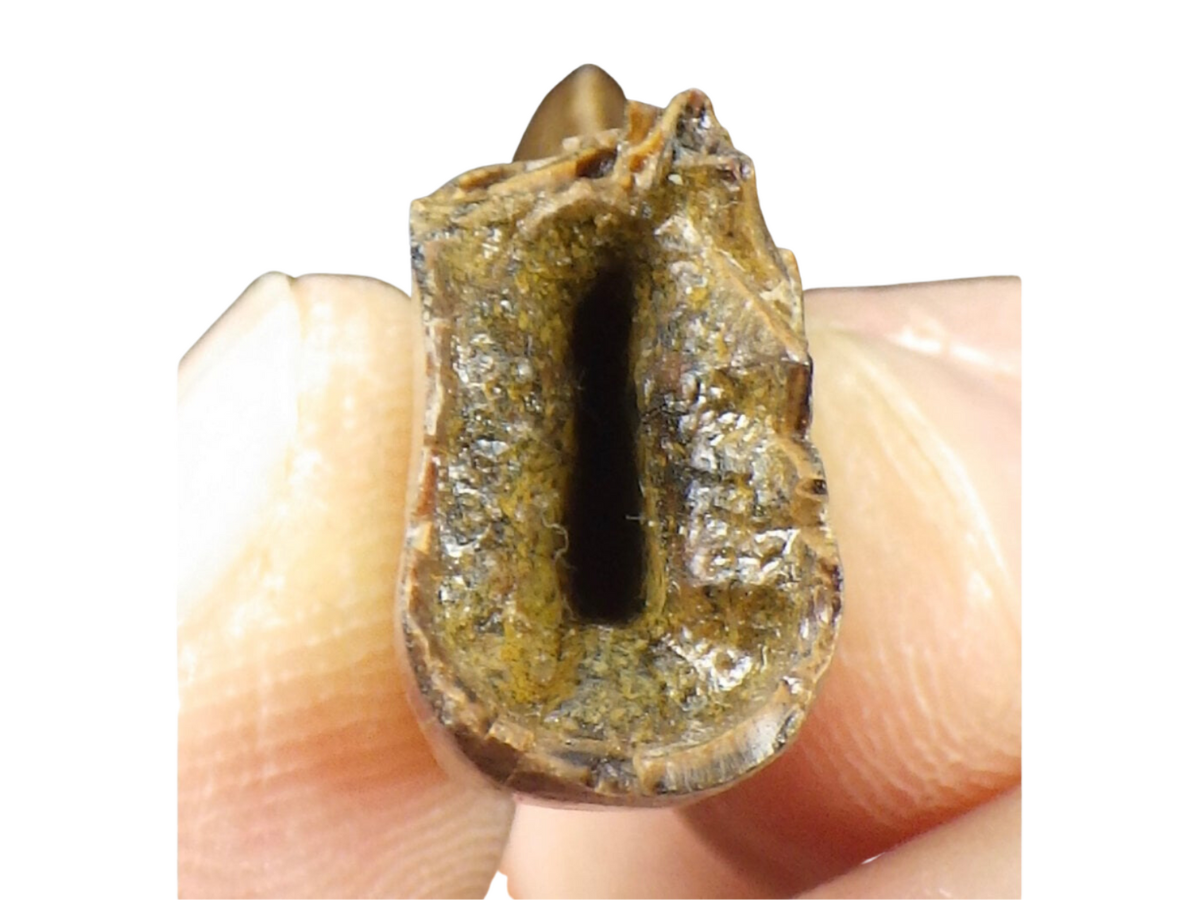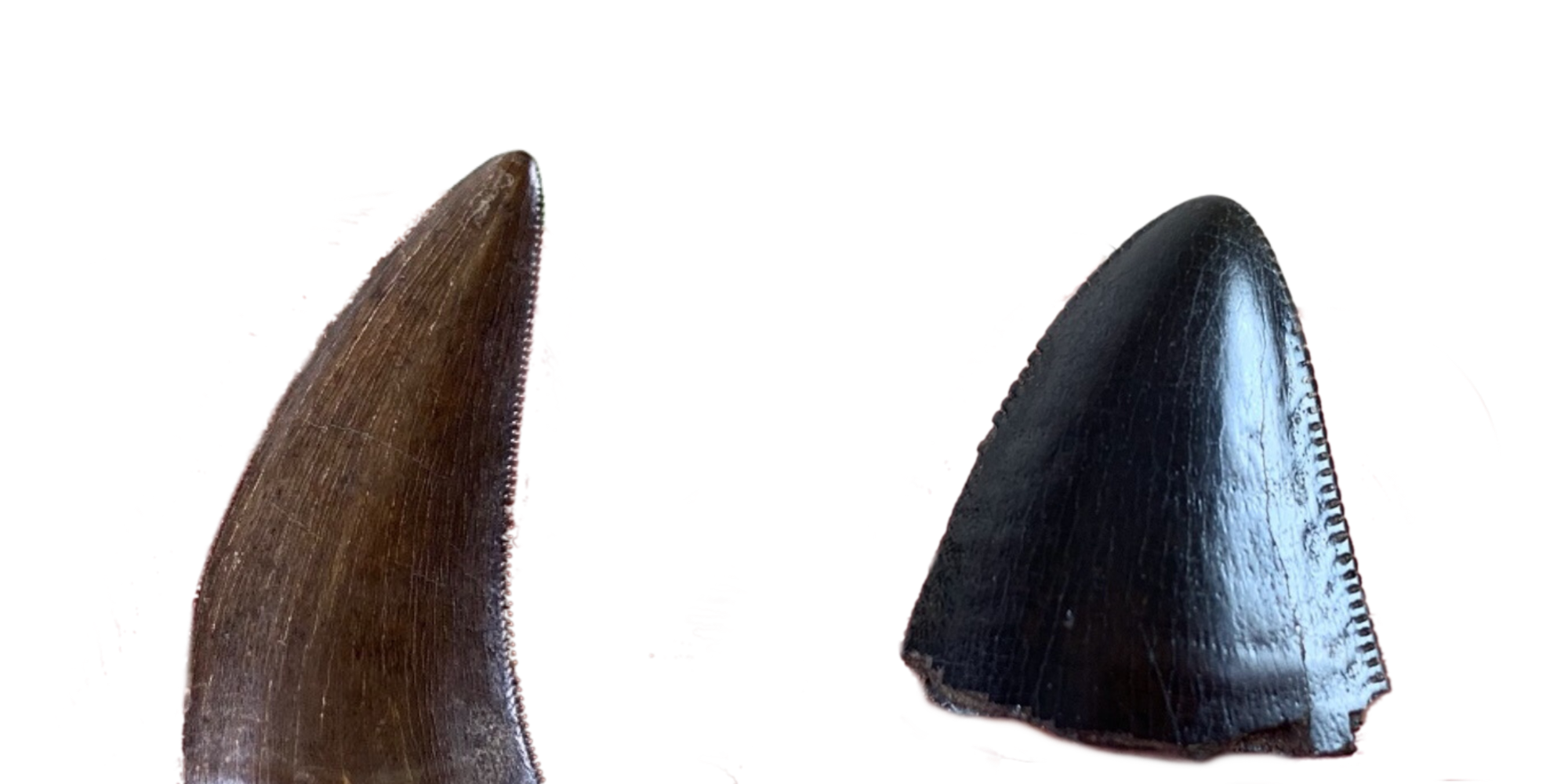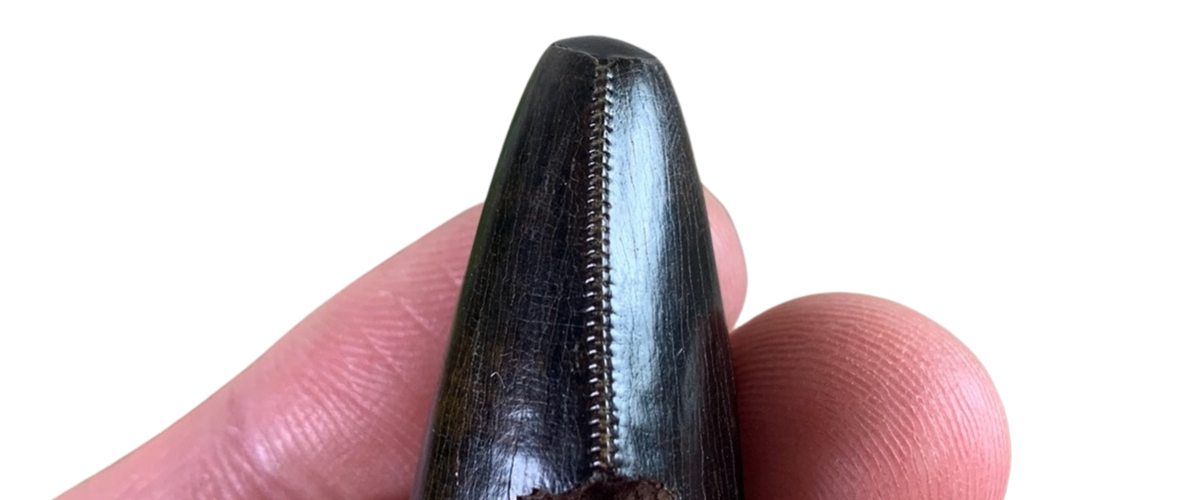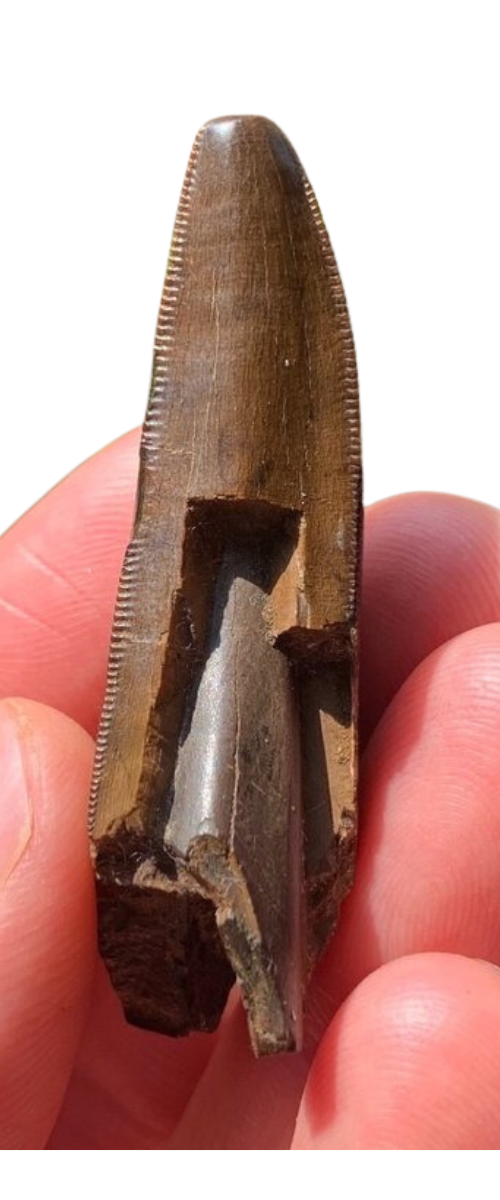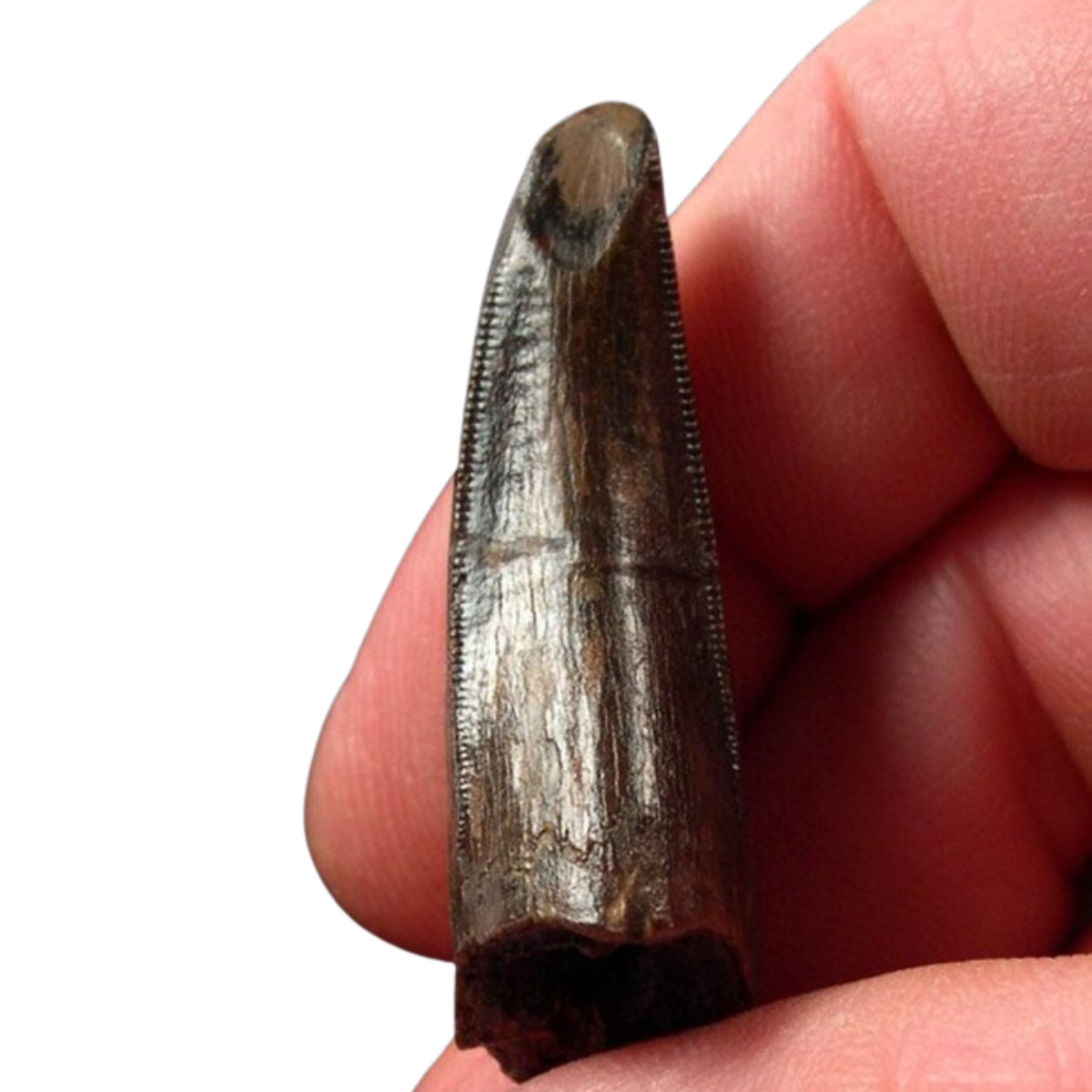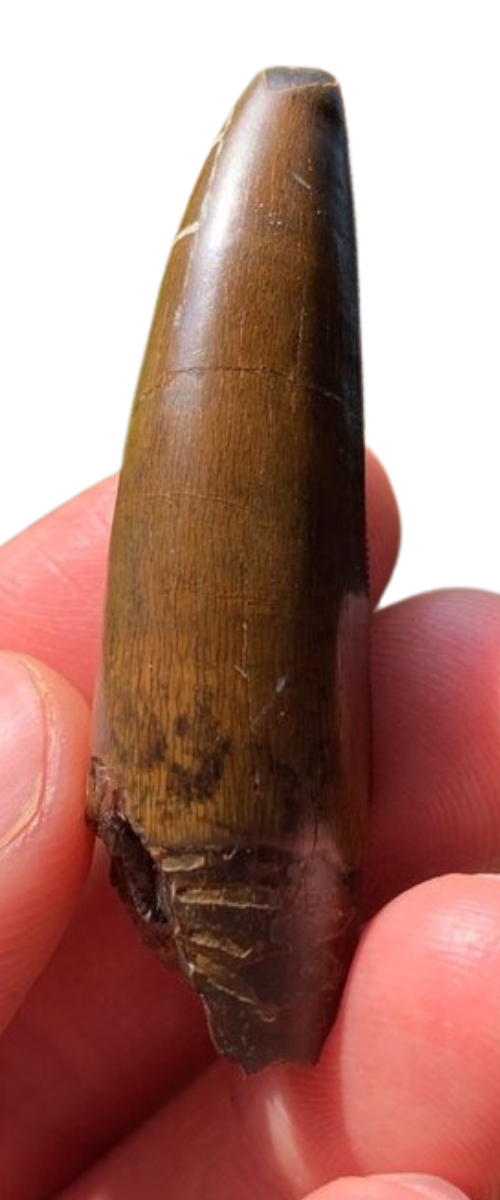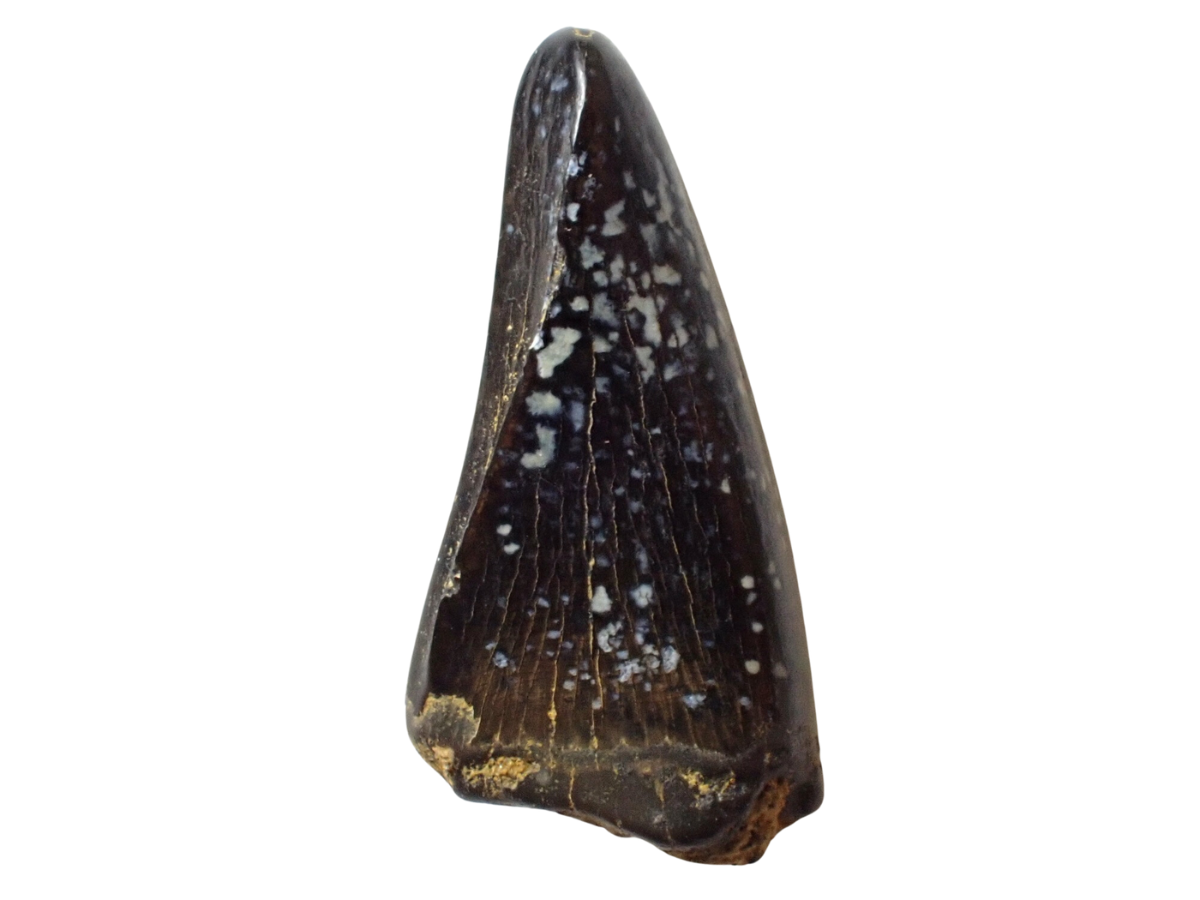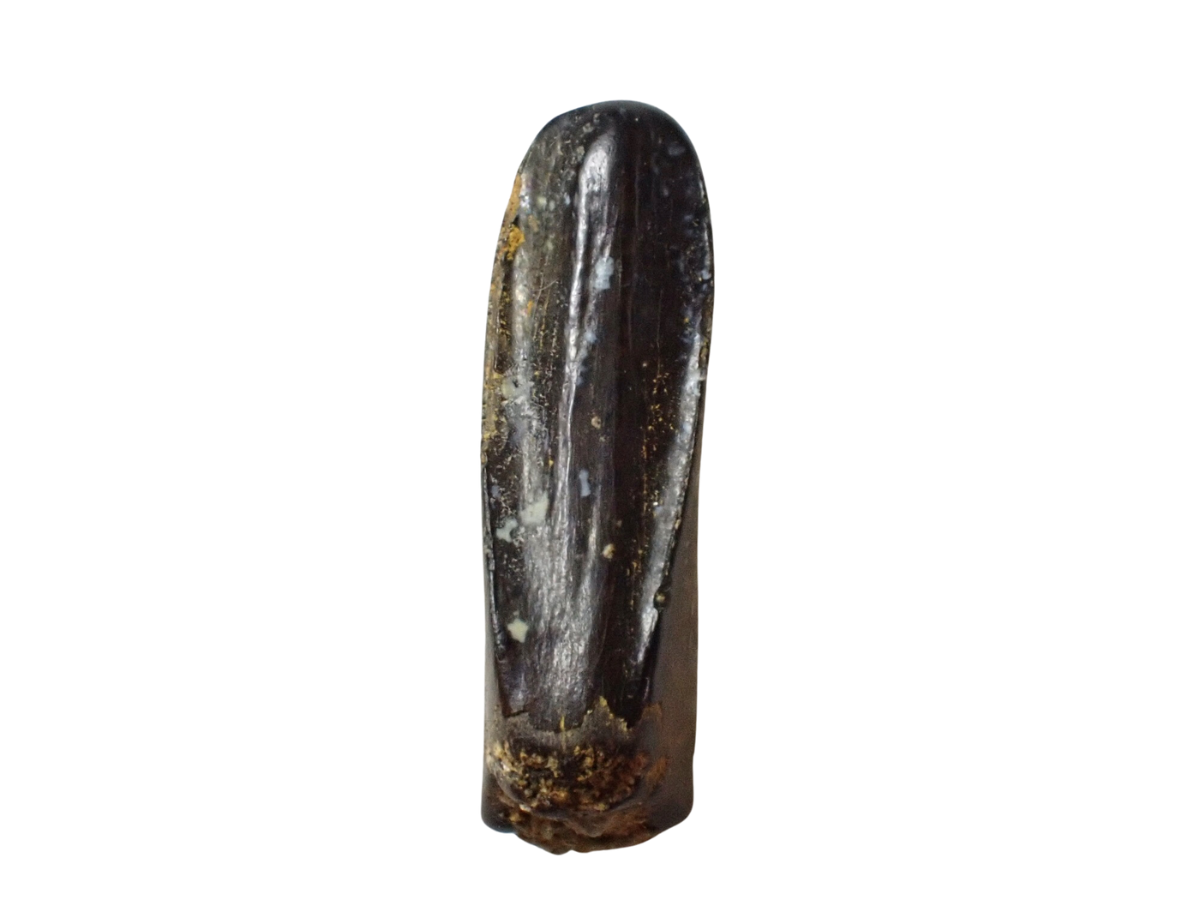
tyrannosaurus rex
a guide to identifying tyrannosaurus rex Teeth
Tyrannosaurus rex needs little introduction, it is one of the largest known land predators to ever walk the Earth and was the apex predator of its time. It lived at the end of the Cretaceous period in what is now North America, on what was then a continent called Laramidia. It was one of the last non-avian dinosaurs to live before the K-T extinction event 65.5 million years ago.
Tyrannosaurus lived in many different ecosystems, including inland and coastal subtropical, and semi-arid plains. Geographically they have been found as far north as Canada and as far south as New Mexico. In its northern ranges it shared its habitat with other dinosaurs such as Ankylosaurus, Edmontosaurus and Triceratops. To the south, it shared its environment with the ceratopsian Ojoceratops, the pterosaur Quetzalcoatlus and the titanosaurid Alamosaurus.
Tyrannosaurus may also have lived as far south as Mexico. This has been proposed due to the discovery of six teeth, all identical to that of Tyrannosaurus, in Mexico's Lomas Coloradas Formation. If true, the range of Tyrannosaurus may have been much wider that previously believed and it raises the possibility that it was in fact an Asian species which migrated to North America at the end of the Cretaceous.
While Tyrannosaurus rex fossils are found in several rock formations, the majority of those found and offered for sale to collectors come from the Hell Creek and Lance Formations.
Identifying tyrannosaurus rex teeth
A Tyrannosaurus rex tooth will be at the top of many a collector's wish list. The vast majority available to collectors will come from the Hell Creek and Lance Formations. It's important to note that Tyrannosaurus rex fossils are only found in the Maastrichtian age rock formations, dating to the very end of the Cretaceous period. They are NOT found in older formations such as the Judith River Formation and Two Medicine Formation (these are several million years older and the Tyrannosaurids found in these formations include the likes of Daspletosaurus and Gorgosaurus).
Tyrannosaurus rex teeth are found in the following stratigraphic units. If a seller states a fossil was found in any other formation, it does not belong to Tyrannosaurus. Please be aware that the last two formations on this list contain Tyrannosaurus fossils which may belong to a seperate species from T. rex.
- Hell Creek Formation
- Lance Formation
- Frenchman Formation
- Scollard Formation
- Denver Formation
- Livingstone Fm
- Laramie Fm
- McRae Fm
- Willow Creek Fm
- Javelina Formation (Tyrannosaurus sp.)
- Ojo Formation (Tyrannosaurus sp.)
nanotyrannus or Juvenile t. rex?
It is a widely contested topic among palaeontologists and collectors as to the validity of Nanotyrannus. Some of us, myself included, believe Tyrannosaurus rex and its close, smaller relative Nanotyrannus, are both valid and lived side by side in North America at the end of the Cretaceous. Others argue that Nanotyrannus is simply a juvenile T. rex.
This guide relies heavily on differentiating between the teeth of these two animals. If you are unaware of this debate or haven't formed an opinion either way, then I recommend following this guide to ensure the tooth you purchase is that of a Tyrannosaurus rex. However, if you've concluded Nanotyrannus is an invalid genus and is simply a juvenile rex, then you can ignore the differentiations I make between the two.
Teeth over 2.5 inches
Tyrannosaurid teeth over 2.5 inches in length from the rock formations mentioned above can be confidently assigned to Tyrannosaurus rex, as Nanotyrannus teeth did not reach this size. Tyrannosaurus rex teeth are serrated on both edges and typically robust, with an oval or rectangular base. Below is an example of a robust, 3 inch tooth with a worn tip, from the Hell Creek Formation of Carter County, Montana. The white lines on the enamel are plant root etchings.
Smaller teeth: Nanotyrannus or Tyrannosaurus rex?
Sometimes counting a tooth's serrations to establish the serration density will help in identifying the owner. Unfortunately this is not a realiable way to differentiate between T. rex and Nanotyrannus teeth. To do that, other characteristics have to be considered.
shape of the base
One of the key ways to differentiate between the teeth of T. rex and Nanotyrannus is the shape of the base. T. rex teeth typically have an oval base, while Nanotyrannus are more rectangular. T. rex maxillary teeth can be rectagular in shape, but lack the "pinch" which is characteristic of Nanotyrannus teeth (see fig. 1).
Premaxillary and dentary position 1
Premaxillary and dentary position 1 are teeth located at the front of the jaw. Without the root teeth from these positions are impossible to tell apart and they look strikingly different from other Tyrannosaurus rex teeth. These teeth have two rows of serrations on the lingual side (the side facing the animal's tongue). Small teeth may belong to Nanotyrannus, but larger teeth such as those below are from Tyrannosaurus rex.
A small Premaxillary or Dentary 1 tooth
These teeth used to be assigned to "Aublysodon" but we now understand they are premaxillary/dentary position 1 teeth from Tyrannosaurids. This one is just 0.44 inches and belongs to a Nanotyrannus or Tyrannosaurus rex.

